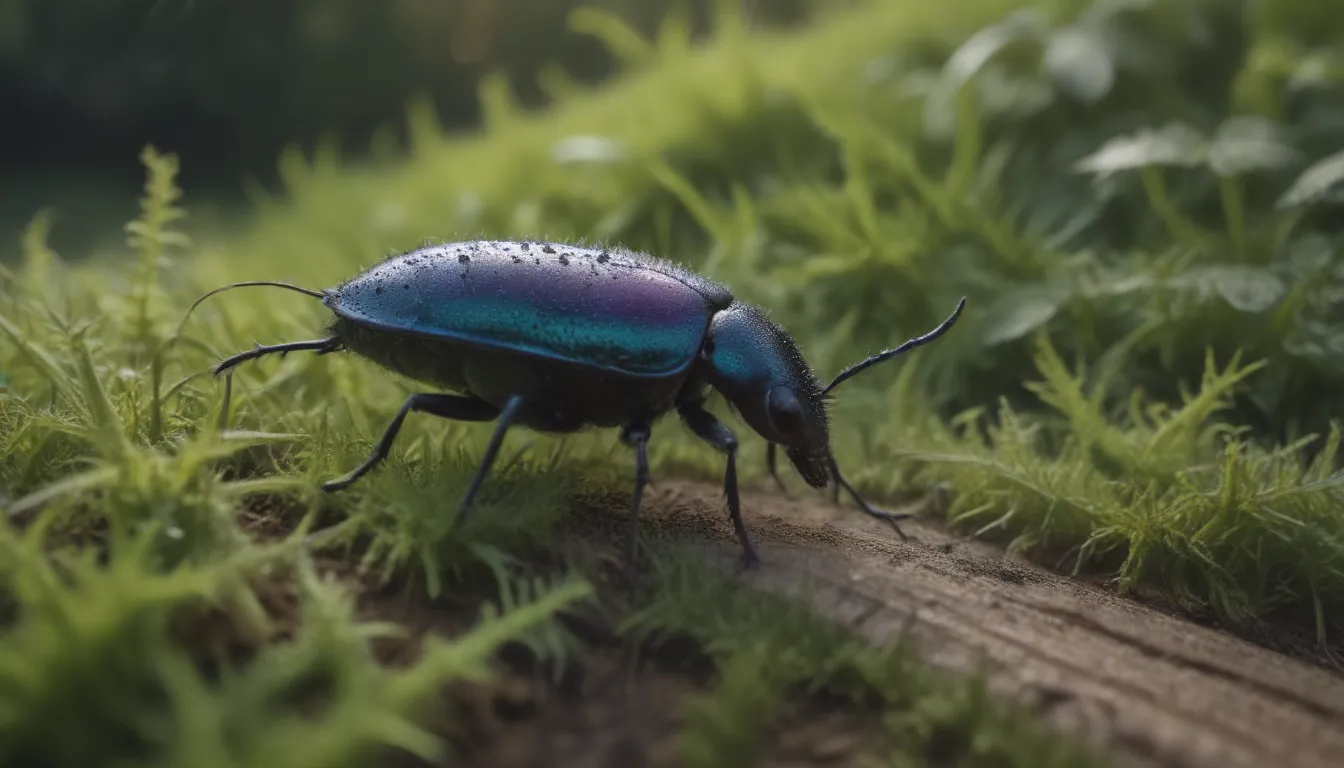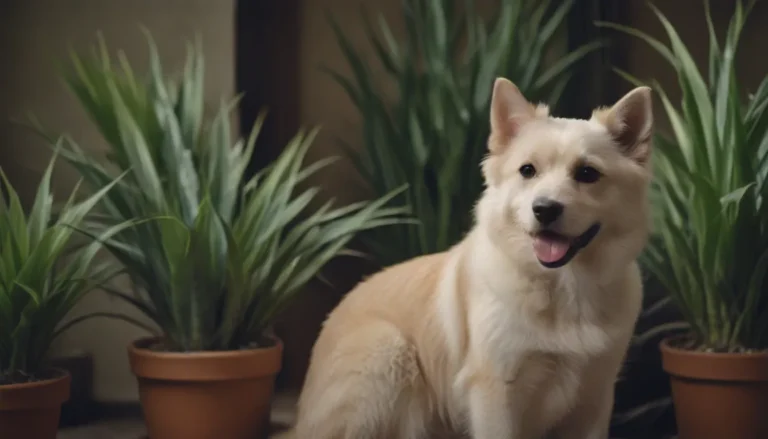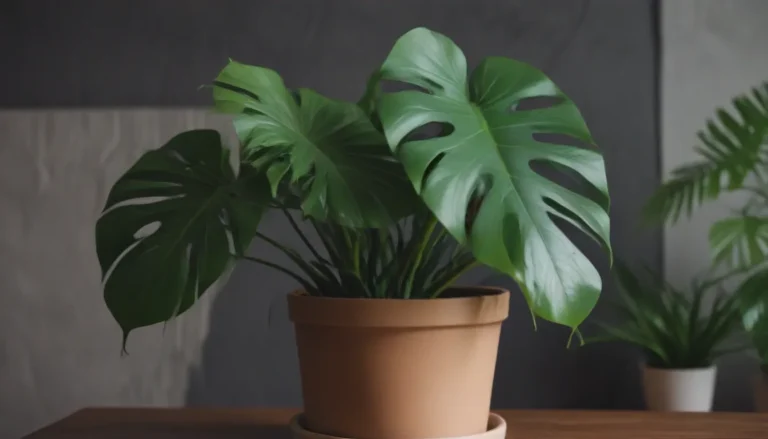Mastering Flea Beetle Control in Your Garden

Are you tired of dealing with the pesky flea beetle wreaking havoc in your garden? Fear not, as there are effective ways to keep these tiny pests at bay and protect your beloved plants. In this comprehensive guide, we will delve into the world of the flea beetle, from its profile to its life cycle, and provide you with practical tips on preventing and controlling infestations.
Unveiling the Flea Beetle
Before we delve into control methods, let’s first understand who our garden adversary is. The flea beetle is a nimble jumping beetle known for its ability to leap when disturbed, reminiscent of the way fleas move around. With numerous genera under its belt, flea beetles come in various shapes and sizes, but they typically share the following characteristics:
- Small in size, ranging from 1 to 6 millimeters
- Oval-shaped bodies
- Shiny black or metallic appearance
- Strong hind legs for jumping
Each type of flea beetle may have a preference for particular plants, such as the potato flea beetle or the spinach flea beetle, earning their names from their favorite hosts.
Unraveling the Flea Beetle Life Cycle
Understanding the life cycle of these tiny pests is crucial in implementing effective control measures. The flea beetle undergoes a lifecycle involving both larval and adult stages, with each stage causing varying degrees of damage to plants. The typical life cycle includes:
- Egg Stage: Eggs are laid in the soil near host plants.
- Larval Stage: Larvae hatch from eggs and feed on plant roots.
- Pupal Stage: Larvae pupate in the soil before emerging as adults.
- Adult Stage: Adult flea beetles emerge and feed on plant foliage, causing visible damage.
Plants Prone to Flea Beetle Damage
Flea beetles have a wide palate when it comes to their dining preferences, with vegetable plants being particularly susceptible to their voracious appetites. Common targets for flea beetles include:
- Eggplant
- Potatoes
- Tomatoes
- Cabbage
- Spinach
- Radishes
Additionally, flea beetles may also target ornamental plants like roses, dahlias, and asters, posing a threat to your entire garden.
Recognizing Flea Beetle Infestations
Identifying a flea beetle infestation early is key to preventing extensive damage to your plants. Look out for the following symptoms that may indicate the presence of flea beetles in your garden:
- Irregular holes in plant foliage
- Shotgun-like “shothole” wounds on leaves
- Stunted plant growth
- Wilting or yellowing leaves
If you spot these signs, it’s time to take action to protect your garden.
Proactive Measures for Flea Beetle Control
Prevention is always better than cure when it comes to managing flea beetles. By implementing a few simple strategies, you can reduce the likelihood of an infestation in your garden:
- Crop Rotation: Avoid planting susceptible crops in the same area each season.
- Mulching: Use mulch to deter flea beetles from laying eggs in the soil.
- Row Covers: Cover vulnerable plants with row covers to prevent beetle access.
- Companion Planting: Plant insect-repelling herbs and flowers near susceptible crops.
Combating Flea Beetle Infestations
If despite your best efforts, you find yourself facing a flea beetle infestation, don’t panic. There are several methods you can employ to control these pests and minimize damage to your plants:
- Natural Predators: Encourage beneficial insects like ladybugs and lacewings that prey on flea beetles.
- Handpicking: Remove adult beetles by hand and drop them into soapy water to eliminate them.
- Neem Oil: Use neem oil as a natural insecticide to deter flea beetles.
- Kaolin Clay: Apply kaolin clay as a protective barrier on plant leaves to repel pests.
- Rotating Insecticides: Rotate between different types of insecticides to prevent resistance buildup.
Remember, a combination of methods and vigilance is key to effectively managing flea beetle infestations in your garden.
Conclusion
By arming yourself with knowledge about flea beetles and implementing preventive measures, you can safeguard your garden from these destructive pests. Keep a close eye on your plants, promptly address any signs of infestation, and take proactive steps to control flea beetles before they cause irreparable damage. With proper care and attention, you can enjoy a thriving garden free from the woes of these tiny but troublesome insects.





